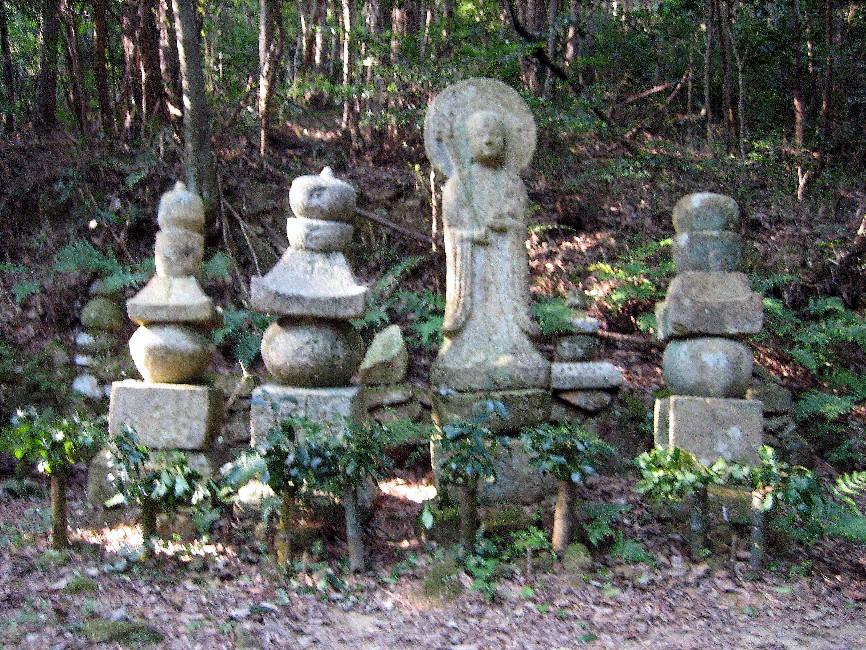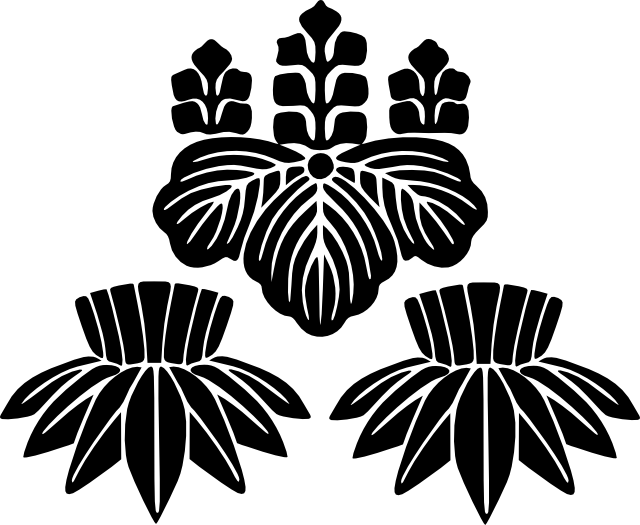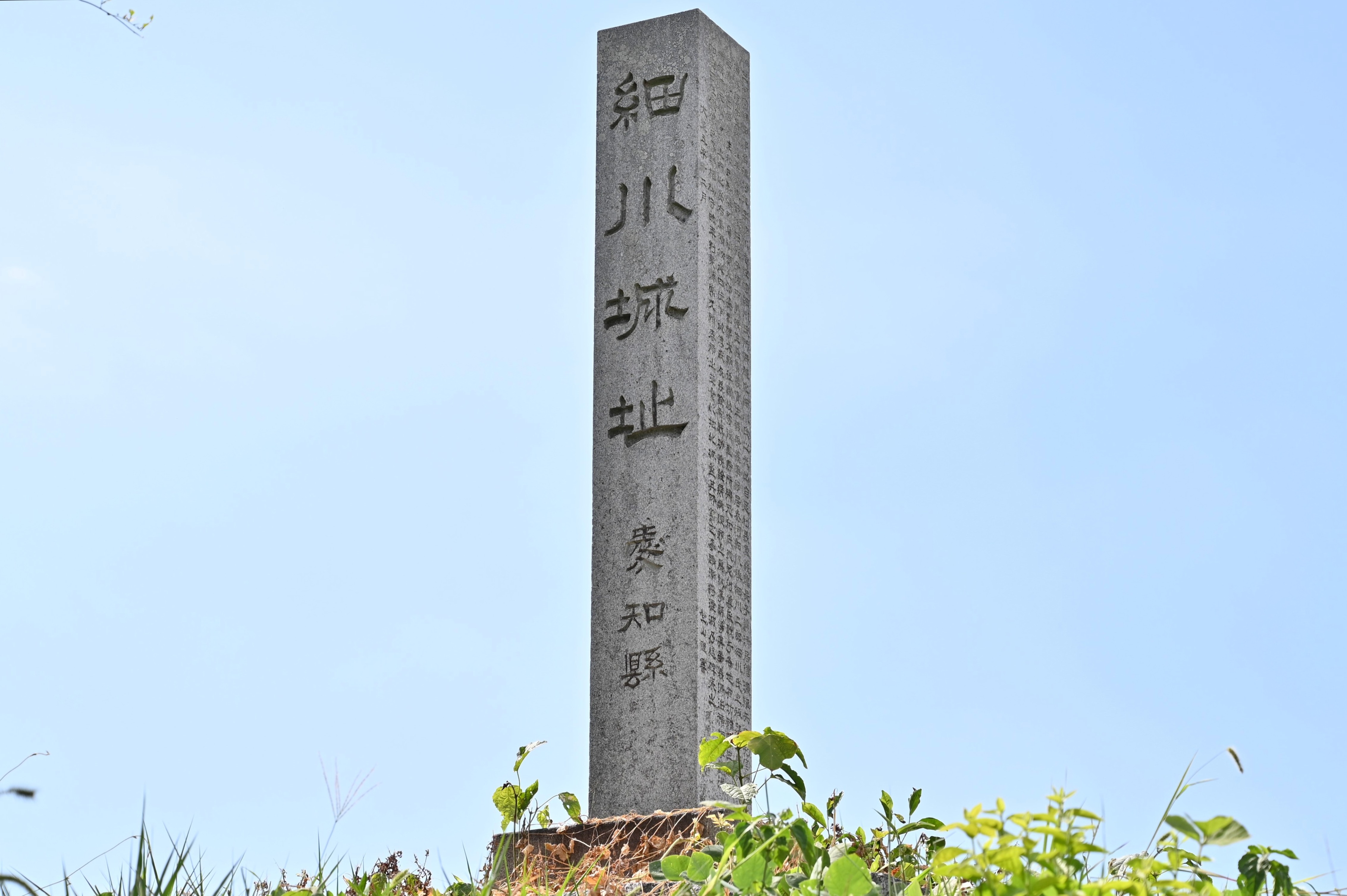|
Akamatsu Mitsusuke
was a Japanese samurai of the Akamatsu clan during the Muromachi Period. Nussbaum, Louis-Frédéric. (2005) "''Kaikitsu-no-hen,''"''Japan encyclopedia,'' p. 456. Early life Mitsusuke was the son of Akamatusu Yoshinori. Assassin In 1441, Mitsusuke killed Ashikaga Yoshinori who was leader of the Ashikaga shogunate. In response, he was attacked by forces of the Yamana clan and the Hosokawa clan The is a Japanese Samurai kin group or clan. Ancestors # Emperor Jimmu # Emperor Suizei # Emperor Annei # Emperor Itoku # Emperor Kōshō # Emperor Kōan # Emperor Kōrei # Emperor Kōgen # Emperor Kaika # Emperor Sujin # Emperor Suinin # Emper .... In defeat, he was forced to commit suicide. References Daimyo Suicides by seppuku 1381 births 1441 deaths Forced suicides {{Samurai-stub ... [...More Info...] [...Related Items...] OR: [Wikipedia] [Google] [Baidu] |
Samurai
were the hereditary military nobility and officer caste of medieval and early-modern Japan from the late 12th century until their abolition in 1876. They were the well-paid retainers of the '' daimyo'' (the great feudal landholders). They had high prestige and special privileges such as wearing two swords and ''Kiri-sute gomen'' (right to kill anyone of a lower class in certain situations). They cultivated the '' bushido'' codes of martial virtues, indifference to pain, and unflinching loyalty, engaging in many local battles. Though they had predecessors in earlier military and administrative officers, the samurai truly emerged during the Kamakura shogunate, ruling from 1185 to 1333. They became the ruling political class, with significant power but also significant responsibility. During the 13th century, the samurai proved themselves as adept warriors against the invading Mongols. During the peaceful Edo period (1603 to 1868), they became the stewards and chamberlains of ... [...More Info...] [...Related Items...] OR: [Wikipedia] [Google] [Baidu] |
Akamatsu Clan
is a Japanese samurai family of direct descent from Minamoto no Morifusa of the Murakami-Genji. Papinot, Jacques Edmond Joseph. (1906). ''Dictionnaire d’histoire et de géographie du Japon''; Papinot, (2003)"Akamatsu" at ''Nobiliare du Japon'', p. 1 retrieved 2013-4-11. History They were prominent shugo-daimyō in Harima during the Sengoku period. During the Ōnin no ran (1467–1477), Akamatsu Masanori was one of the chief generals of the Hosokawa clan. The head of the clan at Shizuoka in Suruga Province became a ''kazoku'' baron in 1887.'''' The Shinmen clan were a branch of the Akamatsu.Yoshikawa, Eiji. (1995) ''Musashi,'' p. 94 Select members of the clan * Akamatsu Norimura (1277–1350). Hall, John Whitney. (1999) ''The Cambridge History of Japan: Medieval Japan,'' Vol. 3, pp. 600-603./ref> * Akamatsu Norisuke (1314–1371). * Akamatsu Mitsusuke (1381–1441). Nussbaum, Louis-Frédéric. (2005) "''Kaikitsu-no-hen,''"''Japan encyclopedia,'' p. 456. * Akamatsu Sada ... [...More Info...] [...Related Items...] OR: [Wikipedia] [Google] [Baidu] |
Muromachi Period
The is a division of Japanese history running from approximately 1336 to 1573. The period marks the governance of the Muromachi or Ashikaga shogunate (''Muromachi bakufu'' or ''Ashikaga bakufu''), which was officially established in 1338 by the first Muromachi ''shōgun'', Ashikaga Takauji, two years after the brief Kenmu Restoration (1333–1336) of imperial rule was brought to a close. The period ended in 1573 when the 15th and last shogun of this line, Ashikaga Yoshiaki, was driven out of the capital in Kyoto by Oda Nobunaga. From a cultural perspective, the period can be divided into the Kitayama and Higashiyama cultures (later 15th – early 16th centuries). The early years from 1336 to 1392 of the Muromachi period are known as the '' Nanboku-chō'' or Northern and Southern Court period. This period is marked by the continued resistance of the supporters of Emperor Go-Daigo, the emperor behind the Kenmu Restoration. The Sengoku period or Warring States period, which begi ... [...More Info...] [...Related Items...] OR: [Wikipedia] [Google] [Baidu] |
Ashikaga Yoshinori
was the sixth ''shōgun'' of the Ashikaga shogunate who reigned from 1429 to 1441 during the Muromachi period of Japan. Yoshinori was the son of the third ''shōgun'' Ashikaga Yoshimitsu. Titsingh, Isaac. (1834). His childhood name was Harutora (). Family * Father: Ashikaga Yoshimitsu * Mother: Fujiwara no Yoshiko (1358–1399) * Wives: ** Hino Muneko (d. 1447) ** Sanjo Yoshiko, daughter of Sanjo Masaaki * Concubines: ** Hino Shigeko (1411–1463) ** Kozaisho no Tsubone ** Shoben-dono ** Otomi no Kata, daughter of Tamagawa no Miya and granddaughter of Emperor Chōkei * Children: ** Ashikaga Yoshikatsu by Shigeko ** Ashikaga Yoshimasa by Shigeko ** Daijin'in by Shigeko ** Ashikaga Yoshikano later Shogoin by Shigeko ** a daughter by Kozaisho ** Ashikaga Yoshimi by Kozaisho ** Ashikaga Masatomo (1435–1491) by Shoben ** Ashikaga Yoshinaga by Shoben ** Kosho'in ** Sankyo Shogunal succession After the death of the Fifth ''shōgun'' Ashikaga Yoshikazu in 1425, The Fourth ''Shōgun ... [...More Info...] [...Related Items...] OR: [Wikipedia] [Google] [Baidu] |
Ashikaga Shogunate
The , also known as the , was the feudal military government of Japan during the Muromachi period from 1336 to 1573.Nussbaum, Louis-Frédéric. (2005)"''Muromachi-jidai''"in ''Japan Encyclopedia'', p. 669. The Ashikaga shogunate was established when Ashikaga Takauji was appointed ''Shōgun'' after overthrowing the Kenmu Restoration shortly after having overthrown the Kamakura shogunate in support of Emperor Go-Daigo. The Ashikaga clan governed Japan from the Imperial capital of Heian-kyō (Kyoto) as ''de facto'' military dictators along with the ''daimyō'' lords of the ''samurai'' class. The Ashikaga shogunate began the Nanboku-chō period between the Pro-Ashikaga Northern Court in Kyoto and the Pro-Go-Daigo Southern Court in Yoshino until the South conceded to the North in 1392. The Ashikaga shogunate collapsed upon outbreak of the Ōnin War in 1467, entering a state of constant civil war known as the Sengoku period, and was finally dissolved when ''Shōgun'' Ashikaga Y ... [...More Info...] [...Related Items...] OR: [Wikipedia] [Google] [Baidu] |
Yamana Clan
The was a Japanese samurai clan which was one of the most powerful of the Muromachi period (1336-1467); at its peak, members of the family held the position of Constable (''shugo'') over eleven provinces. Originally from Kōzuke Province, and later centered in Inaba Province, the clan claimed descendance from the Seiwa Genji line, and from Minamoto no Yoshishige in particular. The clan took its name from the village of Yamana in present-day Gunma Prefecture. They were valued retainers under Minamoto no Yoritomo, and counted among his ''gokenin''. The Yamana were among the chief clans in fighting for the establishment of the Ashikaga shogunate, and thus remained valued and powerful under the new government. They were Constables of five provinces in 1363, and eleven a short time later. However, members of the Yamana clan rebelled against the shogunate in the Meitoku Rebellion of 1391 and lost most of their land. Yamana Sōzen (1404 – 1473), likely the most famous member of the ... [...More Info...] [...Related Items...] OR: [Wikipedia] [Google] [Baidu] |
Hosokawa Clan
The is a Japanese Samurai kin group or clan. Ancestors # Emperor Jimmu # Emperor Suizei # Emperor Annei # Emperor Itoku # Emperor Kōshō # Emperor Kōan # Emperor Kōrei # Emperor Kōgen # Emperor Kaika # Emperor Sujin # Emperor Suinin # Emperor Keikō # Yamato Takeru # Emperor Chūai # Emperor Ōjin # Wakanuke Futamata no Kimi # Ohohoto no Kimi # Ohi no Kimi # Ushi no Kimi # Emperor Keitai # Emperor Kinmei # Emperor Bidatsu # Prince Oshisaka # Emperor Jomei # Emperor Tenji # Prince Shiki # Emperor Kōnin # Emperor Kanmu # Emperor Saga # Emperor Ninmyō # Emperor Montoku # Emperor Seiwa # Prince Sadazumi # Minamoto no Tsunemoto # Minamoto no Mitsunaka # Minamoto no Yorinobu # Minamoto no Yoriyoshi # Minamoto no Yoshiie # Minamoto no Yoshikuni # Minamoto no Yoshiyasu # (Ashikaga) Minamoto no Yoshikiyo # (Hirosawa) Ashikaga Yoshizane # (Ashikaga) Hosokawa Yoshisue History The clan was descended from the Seiwa Genji, a branch of the Minamoto clan, and ultimately from Emperor Se ... [...More Info...] [...Related Items...] OR: [Wikipedia] [Google] [Baidu] |
Daimyo
were powerful Japanese magnates, feudal lords who, from the 10th century to the early Meiji period in the middle 19th century, ruled most of Japan from their vast, hereditary land holdings. They were subordinate to the shogun and nominally to the emperor and the '' kuge''. In the term, means 'large', and stands for , meaning 'private land'. From the ''shugo'' of the Muromachi period through the Sengoku to the ''daimyo'' of the Edo period, the rank had a long and varied history. The backgrounds of ''daimyo'' also varied considerably; while some ''daimyo'' clans, notably the Mōri, Shimazu and Hosokawa, were cadet branches of the Imperial family or were descended from the ''kuge'', other ''daimyo'' were promoted from the ranks of the samurai, notably during the Edo period. ''Daimyo'' often hired samurai to guard their land, and they paid the samurai in land or food as relatively few could afford to pay samurai in money. The ''daimyo'' era ended soon after the Meiji Resto ... [...More Info...] [...Related Items...] OR: [Wikipedia] [Google] [Baidu] |
Suicides By Seppuku
Suicide is the act of intentionally causing one's own death. Mental disorders (including depression, bipolar disorder, schizophrenia, personality disorders, anxiety disorders), physical disorders (such as chronic fatigue syndrome), and substance abuse (including alcoholism and the use of and withdrawal from benzodiazepines) are risk factors. Some suicides are impulsive acts due to stress (such as from financial or academic difficulties), relationship problems (such as breakups or divorces), or harassment and bullying. Those who have previously attempted suicide are at a higher risk for future attempts. Effective suicide prevention efforts include limiting access to methods of suicide such as firearms, drugs, and poisons; treating mental disorders and substance abuse; careful media reporting about suicide; and improving economic conditions. Although crisis hotlines are common resources, their effectiveness has not been well studied. The most commonly adopted method of suic ... [...More Info...] [...Related Items...] OR: [Wikipedia] [Google] [Baidu] |





.jpg)